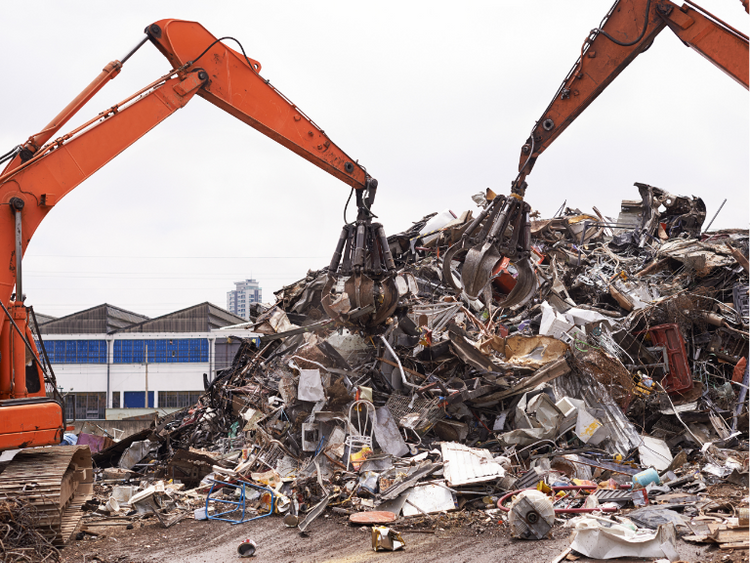Analysis

April 27, 2016
Home Prices Continue to Rise in U.S.
Written by Sandy Williams
The S&P/Case-Shiller U.S. National Home Price Index indicated home prices continued to rise over the past 12 months but at a slower growth rate.
The 20-City Composite gain was 5.4 percent year over year in February, down from 5.7 percent in January. The composite gained just 0.7 percent on month over month base after seasonal adjustment.
Portland Seattle and Denver had the highest year over year gains in the 20 city composite at 11.9 percent, 11.0 percent, and 9.7 percent, respectively.
”Home prices continue to rise twice as fast as inflation, but the pace is easing off in the most recent numbers,” says David M. Blitzer, Managing Director and Chairman of the Index Committee at S&P Dow Jones Indices. “The year-over-year figures for the 10-City and 20-City Composites both slowed and 13 of the 20 cities saw slower year-over-year numbers compared to last month. The slower growth rate is evident in the monthly seasonally adjusted numbers: six cities experienced smaller monthly gains in February compared to January, when no city saw growth. Among the six were Seattle, Portland OR, and San Diego, all of which were very strong last time.
“While financing is not an issue for home buyers, rising prices are a concern in many parts of the country. The visible supply of homes on the market is low at 4.8 months in the last report. Homeowners looking to sell their house and trade up to a larger house or a more desirable location are concerned with finding that new house. Additionally, the pace of new single family home construction and sales has not completely recovered from the recession.”








